Creating a high converting Facebook campaign and an effective Facebook marketing strategy is key especially when selling physical products because the profit margins of physical products are usually lower than those of digital products.
Advertisers of physical products tend to have a small budgets because they reach break even quite quickly.
There are many elements of a Facebook campaign and Facebook marketing strategy for physical products you need to pay attention to.
First, you need to use attention-grabbing visuals. Colourful images that stand out in people’s newsfeeds, well-lit close ups of your products and pictures that display your products from different angles.
You also have to make sure that depending on where your Facebook ads will be displayed, your images are the right size.
For example, if your fb ads are going to be displayed in people’s Facebook newsfeed, then make sure your images are 1,200 x 628 pixels. If they are going to be displayed in people’s Instagram newsfeed, they should be 1,080 x 1,080 pixels.
If you’d like to take your Facebook marketing to the next level, and increase the results you’re getting from your current Facebook marketing efforts by 10, click here to download my FREE Facebook marketing report. Simply enter your name and email and I’ll instantly send you the report.
To make sure your images are lit properly and are also high resolution, consider hiring a product photographer if you don’t already have quality images of your products.
Investing in professional photography can bring high returns on investments, as visuals usually help convert people into buyers.
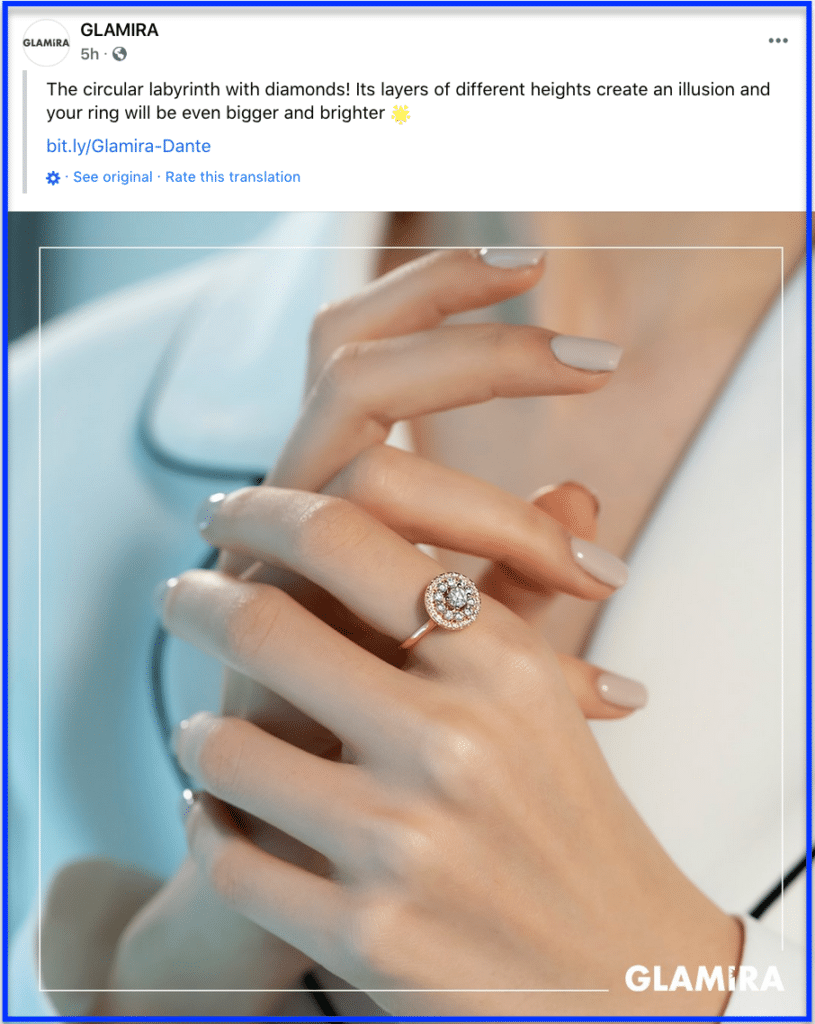
The second important element to focus on with a Facebook campaign and Facebook marketing strategy is the copy of your Facebook ad.
Your Facebook ad copy should include pain points. Pain points are the problems, frustrations or challenges your target audience is experiencing and for which you have a solution for.
It is important to underline your target audience’s pain points in your Facebook copy because you want to make sure your target audience can identify themselves when they come across your ad.
Your Facebook ads copy should also include benefits. Make sure you always underline the benefits people will experience as a result of buying your product instead of underlining just the features.
Features are descriptions of a product such as saying “a 100 page book”, whereas benefits are the positive outcomes people will experience thanks to your product.
For example, should you be selling a hair dryer, the benefits could be that it doesn’t burn hair, it dries hair twice as fast as a standard hair dryer, its compact and light so it’s easy to travel with, etc…
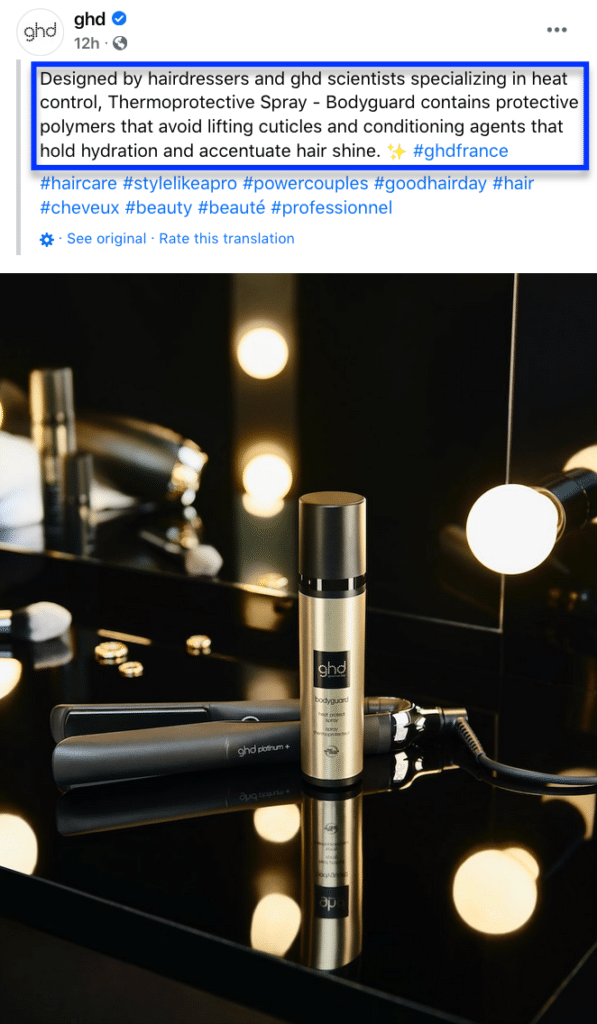
Your Facebook ad copy should also be easy to read by using brackets, emojis and capital letters. Remember to also space out your sentences.
Lastly, you Facebook ad copy should also include scarcity, such as “offer ends soon” or “limited stock available”.
The third important element to focus on when advertising physical products is your targeting.
Since cold audiences usually don’t buy, and people don’t go on Facebook with the intent of buying, it’s much more effective to target warm audiences.
Warm audiences are people who are already familiar with your business (such as email subscribers, and your Facebook page fans) or people who have already expressed an interest in your products such as website visitors.
In order to target warm audiences you will need to install the Facebook pixel on your web pages. To do so, access your Facebook advertising account, and click on the drop down menu on the top left hand corner, then select “pixels” and follow the prompts.
Once your Facebook pixel is installed, create a Facebook custom audience. To do so, login to your Facebook campaign ads manager dashboard, and then select “audiences” and “create custom audience”.
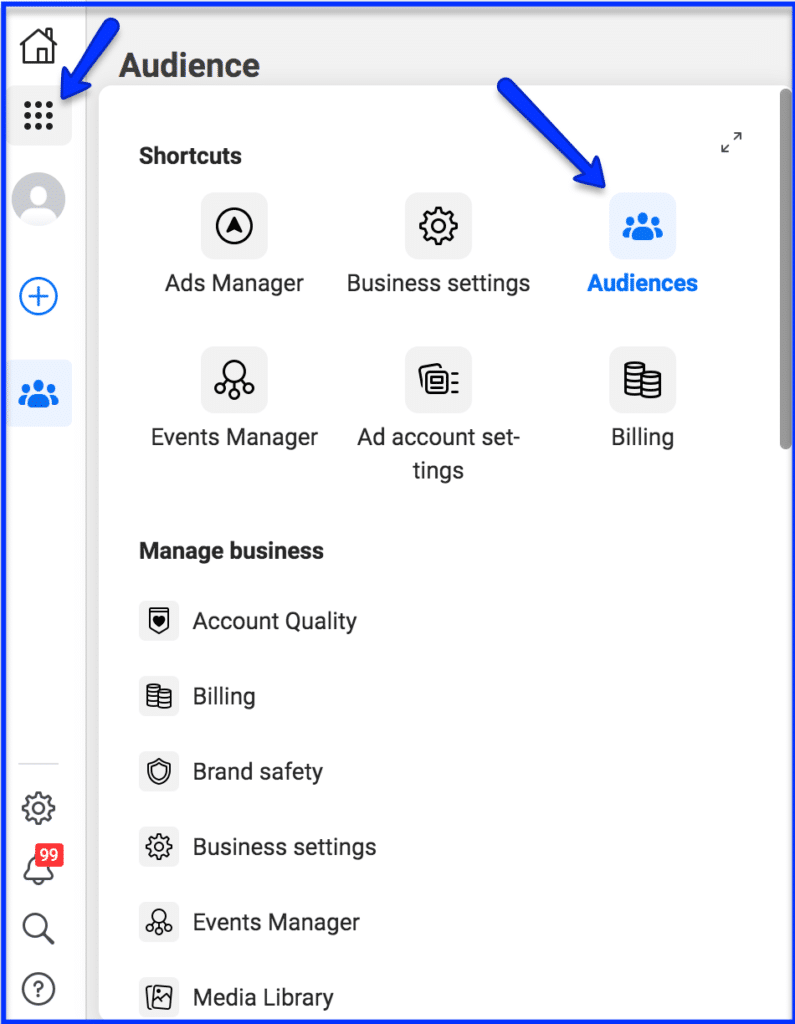
You can create a custom audience based on your website visitors, or even based on your email list. This way you can display your Facebook ads for your physical products to people who are already familiar with your business, and therefore more likely to buy when they see your fb ads.
If you’d like to take your Facebook marketing to the next level, and increase the results you’re getting from your current Facebook marketing efforts by 10, click here to download my FREE Facebook marketing report. Simply enter your name and email and I’ll instantly send you the report.
The fourth important element to focus on when advertising physical products is to advertise to lookalike audiences.
A lookalike audience is a Facebook audience that is similar to an existing audience. For example, you can create a lookalike audience based on your list of customers.
By creating a lookalike audience you increase your chances of targeting people who are likely to purchase as a result of seeing your fb ads.
Before you can create a lookalike audience, you’ll have to have created audiences, either custom audiences or interest audiences in your Facebook advertising account.
In terms of the size of your existing audience, from which you’ll create a lookalike audience, Facebook recommends to have an audience of 1,000 to 50,000 people. Any audience smaller than 1,000 people might not give Facebook enough data to create a quality lookalike audience.

What is also important to know about Facebook lookalike audiences, is that the users in your source audience will be excluded from the lookalike audience Facebook creates. In other words, you won’t have the same people in the lookalike audience that you have in your source audience.
The fifth important element to focus on when advertising your physical products on Facebook is leveraging the power of upsells. Upselling is the process of getting an existing customer purchase another product.
In order to do so, you’ll need to set up some follow up email sequences inviting buyers who have just completed a purchase as a result of seeing your ad, to look at other products they might be interested in. You’ll notice that when you do so, you can really increase your return on investment from your Facebook ads.
Lastly, when advertising your physical products, think of creating a product gallery.
A product gallery is a folder that includes all your products, their price and description that allows Facebook to pick the best product to display based on the consumer’s interests and behaviour and allows you to create Facebook dynamic ads.
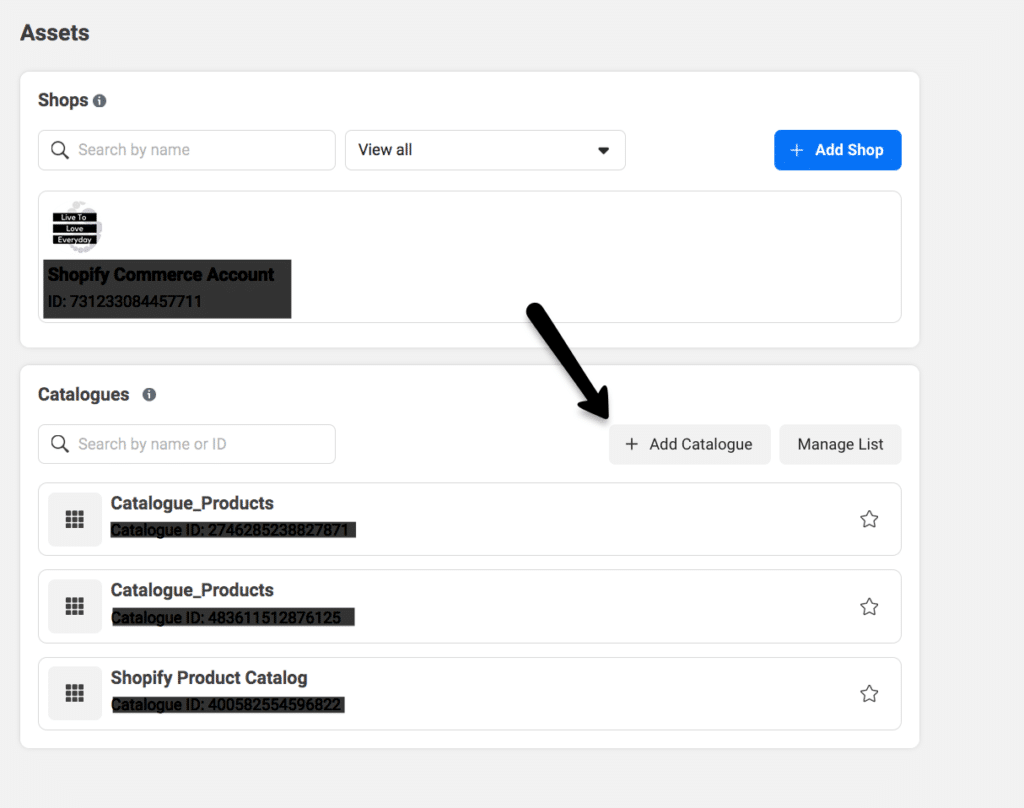
In order to create a product catalogue, simply go to your Facebook advertising account, and click on the drop down menu on the top left hand corner, and select “catalogue manager”.
Then, click on “e-commerce” and click on “next”. You’ll then have two choices, to either upload your product information or to connect your e-commerce platform.
Once you’ve created a product catalogue, you’ll then be able to create Facebook dynamic ads. Facebook Dynamic ads take items from your catalogue and show them to people who’ve already looked at or searched for them online so they’re more likely to purchase them as a result of seeing your ad.
If you’d like to take your Facebook marketing to the next level, and increase the results you’re getting from your current Facebook marketing efforts by 10, click here to download my FREE Facebook marketing report. Simply enter your name and email and I’ll instantly send you the report.
Remember to also subscribe to our Youtube channel for the latest social media marketing tips and tricks.
About the Author

Corinna Essa is known internationally as the go-to person when it comes to social media marketing.
Corinna owns a social media marketing company helping businesses around the world leverage the power of social media without doing any of the legwork. Her company has been featured in many media outlets including Sky Business news, Working Women magazine, Ymagazine, Tasmanian Times, Channel 7 and 101fm.
Corinna is also the author of 2 bestselling books “Money On Demand – The 16 Fastest Ways to Becoming a Millionaire Online” and “Reach: The SECRETS to converting your social media audience into your network marketing downline fast”

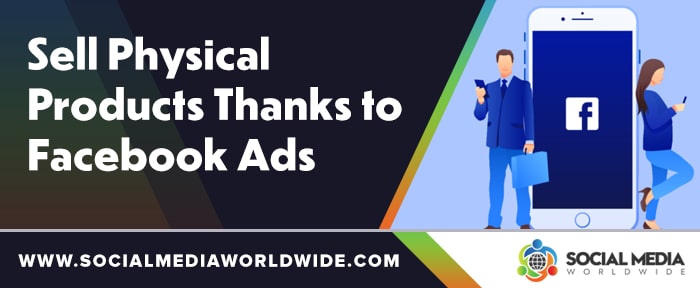


Recent Comments